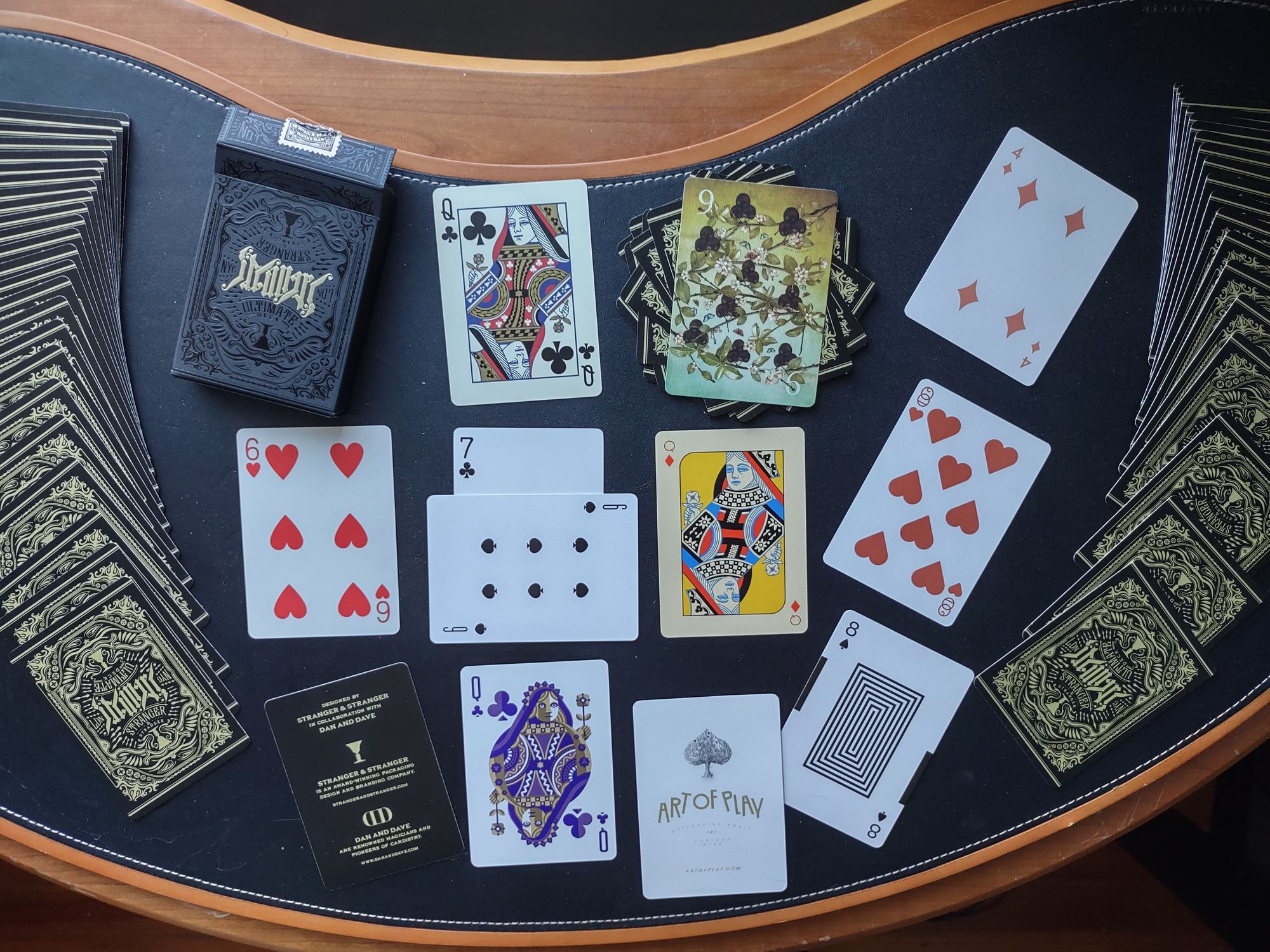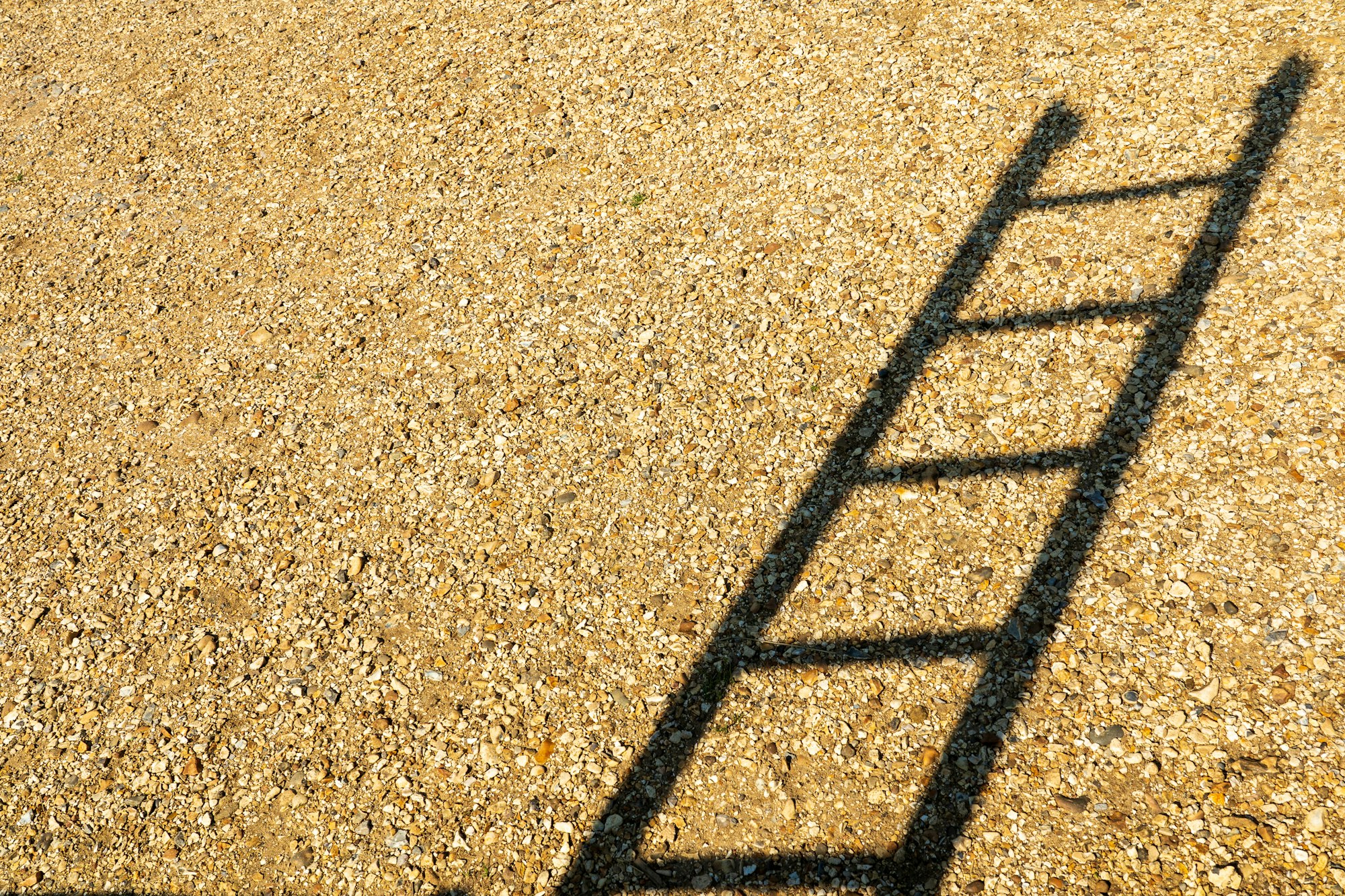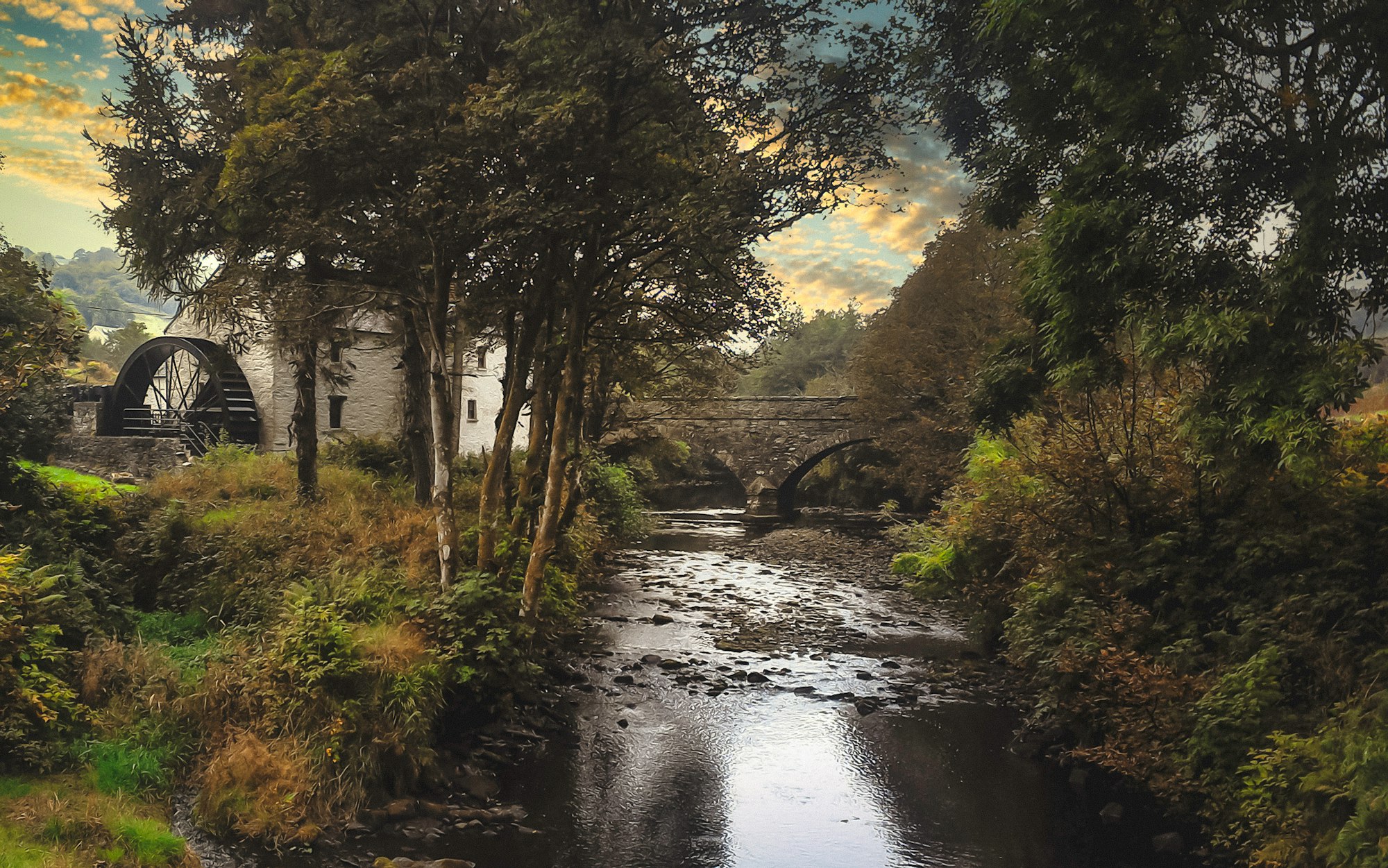X: Sled
How bobsledding came to (violently) be.
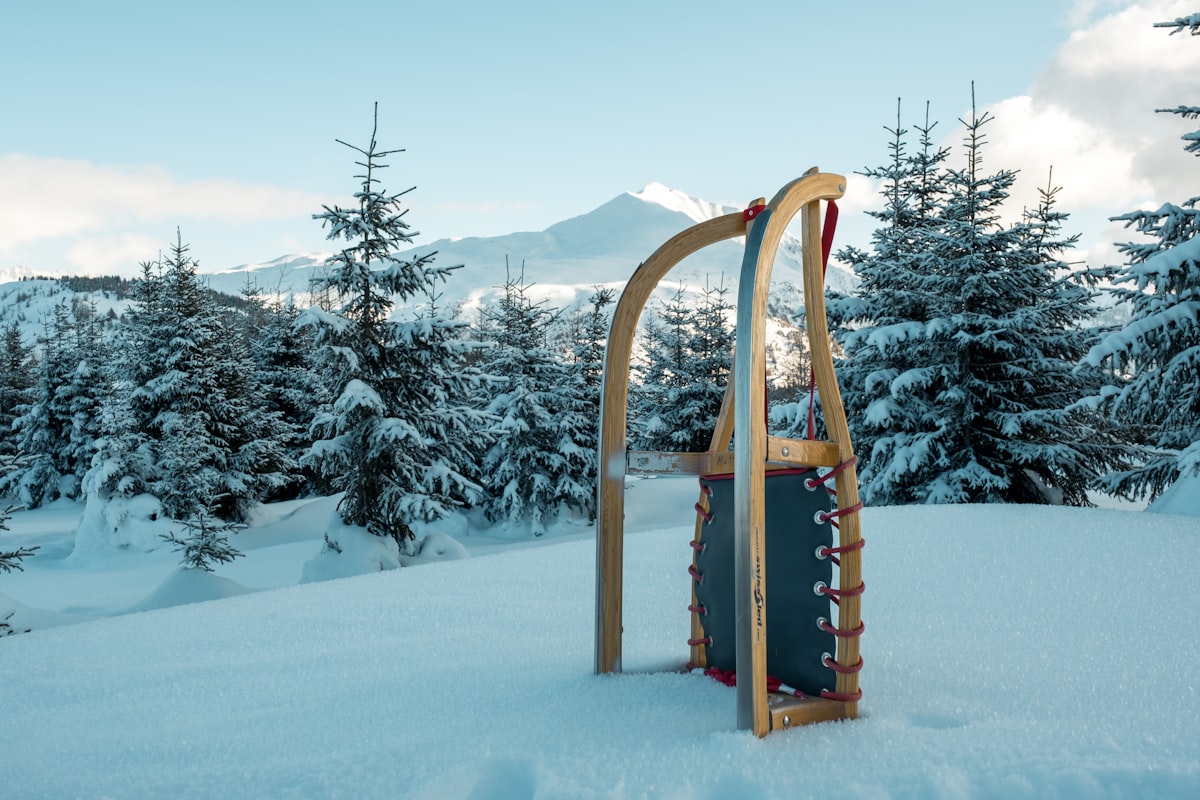
Good morning. Today is décadi, the 30th and final day of Pluviôse, Year CCXXXI. We celebrate le traîneau, a tool for dragging cargo across the snow.
Sports evolve in different ways, but usually, the idle minds and bodies of the super-wealthy are to blame. While there are exceptions – basketball and hockey come to mind – most sports are the outgrowth of competitions at exclusive private schools or among royal and sub-royal courtiers. But usually, any attendant violence and injury is contained within the boundaries of the playing field, and only those who choose to participate get hurt. Not so with sledding.
The town of St. Moritz in Switzerland had a problem. Much of its income derived from the emergent industry of tourism, catering to Europe's elite and their need to escape boredom or the pitchforks of their subjects or both. But the Swiss town was only fashionable in the summer, when the cool alpine air was a welcome change from whatever swampy and stagnant region the tourists came from. The seasonal income was nice, but the ability to attract year-round guests would be so much better.
One hotel owner named Caspar Badrutt made a bold bet with his guests. In the autumn of LXXII (1864), he approached the last four English lads still remaining at his inn and told them that the winters in St. Moritz were sunny, warm, and lovely. They'd find full days of adventure and the run of the kitchens and cellar at night, with so few other guests to interfere. He said that if they stayed the winter and didn't find everything exactly as he'd said, he'd pay them back all their expenses.
The lads agreed, and returned that winter wearing their thickest coats. Badrutt stepped out of his carriage in shirtsleeves to greet them under a brilliant blue sky and brightly shining sun. Everything was a feast for the eyes and the bellies of his guests, and they rushed home to tell all their well-to-do friends. Within a few short years, wintering at St. Moritz was all the rage among the upper crust of England, and Badrutt had single-handedly invented winter tourism.
It wasn't long after that winter sports emerged, in the form of these same young British guys getting a little bored and a little sloshed. They found that they could grab the supply sleds and use them to slide down the permanently snowy streets of hilly St. Moritz, achieving incredible speeds. They'd do so singly, then tie a pair of sleds to go down as a group, bobbing from side to side rhythmically to build up speed. The sport of sledding was a hit, and Badrutt was only too happy to promote it.
Until the crashes. Without steering and apparently heedless of danger, there were many collisions between the tourists on high-speed sleds and innocent St. Moritz pedestrians. The tourists tried to improvise several forms of steering to avoid the crashes – and, truth be told, go faster around corners – but the epidemic of injuries and crashes was getting to be too much for the town, who were ready to shut down Badrutt's lucrative business over it.
Knowing he couldn't simply prohibit this faddish new activity, Badrutt had the brilliant idea to carve out a natural course, called the Cresta Run, dedicated to sledding, and the first half-pipe was born, one that still exists today and would go on to be the official racing course at two Winter Olympics in the 20th century.
With a safe – well, safe for the pedestrians in town, not necessarily the daredevils – place to practice, several disciplines developed. Some lad preferred sledding alone, giving rise to the luge (feet first) and skeleton (head first), while other enjoyed the camaraderie and even higher speeds of a two- or four-man bobsled.
By the end of the 19th century, Badrutt had built a palace around winter activities, and St. Moritz became synonymous with winter sports. When his son took over the business after Caspar's death in CXII (1904), he continued to build out attractions and sporting options for guests, ironically having to cajole tourists to come in the summer rather than the winter now. Part of that effort led to the building of one of the first indoor tennis courts in CXXI (1913), which, for about a decade, was the site of one of the "major" surface tournaments, alongside Wimbledon's grass and the French Open's clay.
While visitors to St. Moritz now have the full panoply of winter sports on offer, including skiing and snowboarding, it's still known first and foremost as a sledding town. (Weirdly, toboggans are sometimes called "Americans" there.) There are even still absurdly dangerous sports aimed at the super-wealthy that you can't find anywhere else: horse and car racing on snow-covered tracks, for example. Also, curling. You just never know what people might get in their heads given enough time, wine, and sunshine.
Today's card: 9 of clubs
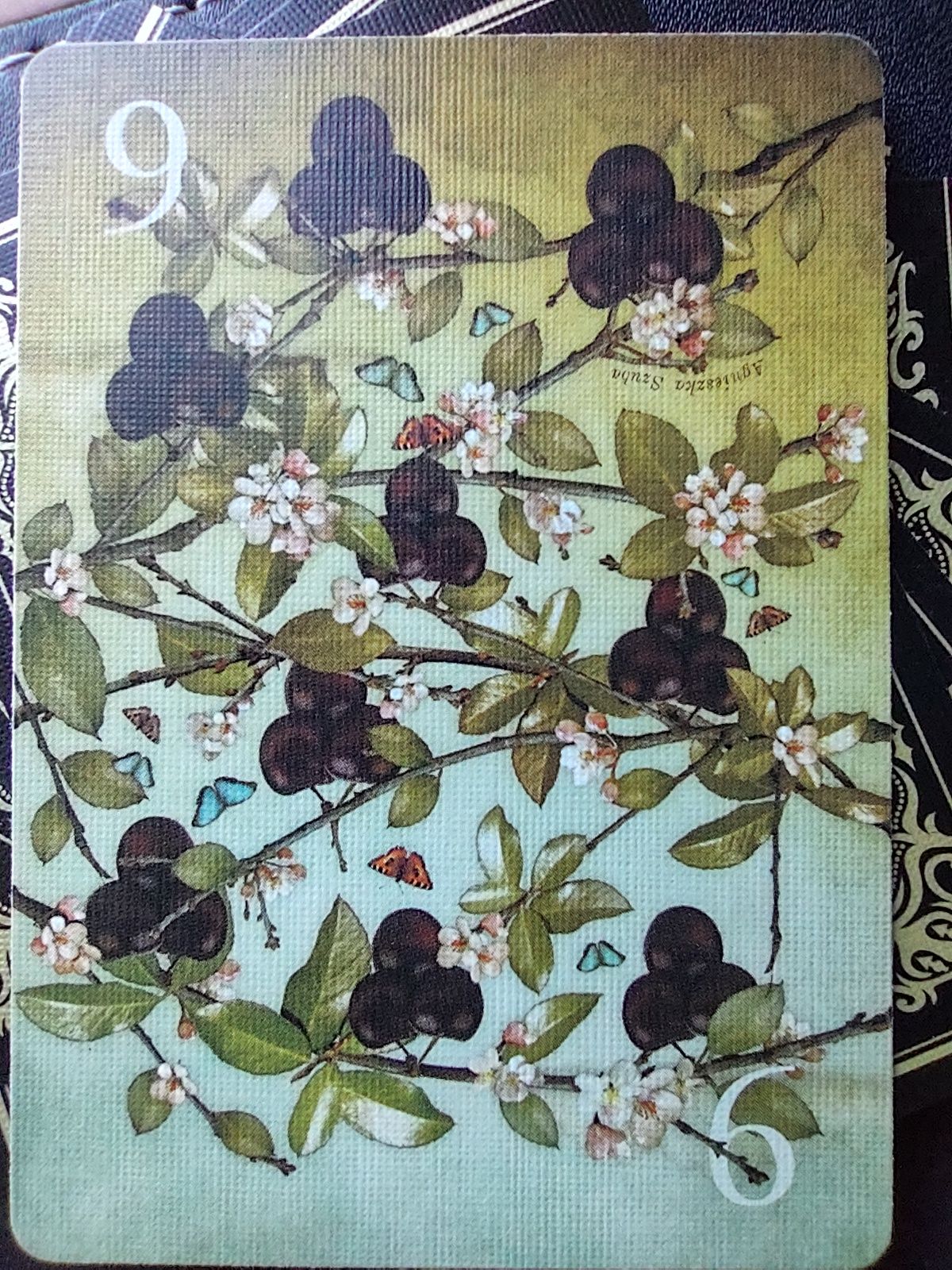
Click for a recap of the story so far...
Pluto is feeling good (7♣) because of some momentum at work (6♠) where he has a crush on a co-worker (6♥). Both his work (Q♣) and his inner life (Q♣) feel like they're going gangbusters, and they are (Q♦)! He should avoid screwing this up (4♦), and not press his luck (8♠) by taking on a project just to be closer to his crush (8♥).
Well this is an odd finish. We took a long journey from a 7 of clubs to a 9 of clubs, even though the latter card represents the end of a very risky path in what is set up as a very good situation. What this suggests is that Pluto thrives on adversity, and his current circumstances might be leading to a comfortable position, which is something that decreases his energy. It's up to him whether he wants to roll the dice and feel alive or sit tight and watch the money and accolades roll in. For what it's worth, when you look at the outcome card closely, you'll see that it's inverted. Risk upon risk upon risk. That wraps up our readings for Pluviôse. We'll get a new set of characters next month starting tomorrow!
